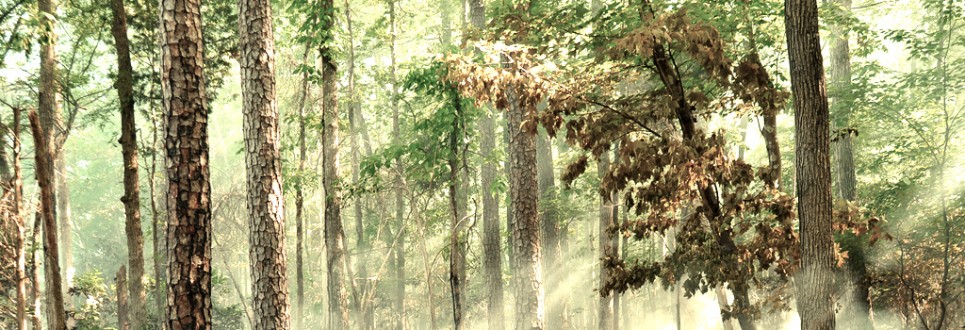 Shortleaf Pine can be an apt name when it comes to it’s role in the city’s early built environment, relative to the more celebrated Longleaf Pine, which was an important wood for framing commercial structures, due to it’s heavily resinous grain, providing great strength, and resistance to fire and bugs. By the time Southern lumber companies doubled back for the broader and less resinous Shortleaf Pine, NYC was starting to gain more access to Western Douglas Fir and could make-do with other conifers. Shortleaf entered the mix nonetheless, though it can be hard to distinguish from it’s counterpart, Loblolly (Pinus taeda), so that both exist in varying lumber volume, essentially from the beginning of the modern era in the 20th century.
Shortleaf Pine can be an apt name when it comes to it’s role in the city’s early built environment, relative to the more celebrated Longleaf Pine, which was an important wood for framing commercial structures, due to it’s heavily resinous grain, providing great strength, and resistance to fire and bugs. By the time Southern lumber companies doubled back for the broader and less resinous Shortleaf Pine, NYC was starting to gain more access to Western Douglas Fir and could make-do with other conifers. Shortleaf entered the mix nonetheless, though it can be hard to distinguish from it’s counterpart, Loblolly (Pinus taeda), so that both exist in varying lumber volume, essentially from the beginning of the modern era in the 20th century.
Shortleaf has an ability to grow on a wide range of soil and natural conditions. While an NYC resident today (in the most literal sense), it was formerly a home and food source for a range of wildlife – quail, doves, meadowlark, rabbits, songbirds. white-tailed deer, and of course the red-cockaded woodpecker.
Basic Shortleaf and Loblolly uses include lumber, plywood, and pulpwood for paper. It’s easy to work and takes a stain and paint well.


